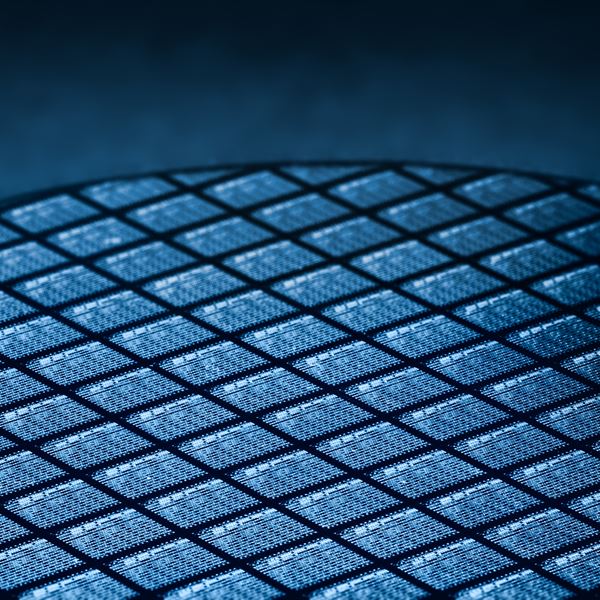Photonics and Optoelectronics

Graphene for Photonics and Optoelectronics Applications
Graphene’s properties make it ideal for next-generation optoelectronics and optical communications systems. Its excellent electrical properties and broadband optical absorption are highly suited for high-performance optoelectronic devices, and it can be readily integrated with silicon photonic systems. In addition, its flexibility, robustness, and environmental stability have the potential to enable completely new devices.
Graphene-based technologies are proving integral to the new generation of communications, such as 5G - enabling high performance optical communication systems through ultra-fast and compact optoelectronic devices. From lasers and optical switches, to wireless communication and energy harvesting, graphene will play an important role within the optoelectronics field.
The latest on Photonics and Optoelectronics

2D-PL funded to further mature 2D material wafer-scale integration

GATEPOST project celebrates its first anniversary
All eight European partners in the GATEPOST project celebrated a particularly pleasing event at the last six-monthly meeting. The project, funded by the European Commission through Horizon Europe, the European Framework Programme for Research and Development, has an ambitious goal. The development and production of a new type of graphene-based chip is intended to turn existing computer technology and IT security upside down and revolutionise them," explained Dr Mindaugas Lukosius of IHP GmbH Leibniz Institute for Innovative Microelectronics and lead partner in the project.

Graphene and 2D materials in photonics: A revolutionary leap in technology
In the vast landscape of modern science and technology, graphene and two-dimensional materials (2DM) have emerged as game-changers, revolutionising industries with their remarkable properties and diverse applications. Among the myriad fields benefiting from their extraordinary characteristics, photonics stands out as one of the most promising domains. Photonics, the science and technology of generating, detecting and controlling photons, has found new avenues for innovation and advancement through the integration of graphene and 2D materials. In this article, we delve into the captivating realm of photonics and explore how graphene and 2D materials are reshaping its landscape, opening up unprecedented possibilities and paving the way for groundbreaking discoveries.

2DNEURALVISION receives EU funding to develop a novel low-power consumption, adverse weather, low light computer vision system
The 2DNEURALVISION project will carry out leading-edge research in the field of 2DM (two-dimensional materials) for wide-spectrum image sensing and vision systems. Its scientific achievements will aim to drive disruptive improvements in the automotive, AR/VR, service robotic and mobile device sectors, which expect to have a major impact on society.

EU-funded project 'Next-2Digits' boosts graphene expertise and knowledge sharing in Europe
In October, a new Horizon Europe-funded project launched within the ecosystem of the Graphene Flagship. With a consortium of 11 partners from 8 countries, the Next-2Digits project aims to develop the next generation of sensors and imagers enabled by 2D material digital integration.

Spotlight: Controlling the optical properties of graphene with Eva Pogna
Pogna is a researcher at the Institute for Photonics and Nanotechnologies - CNR in Italy.

